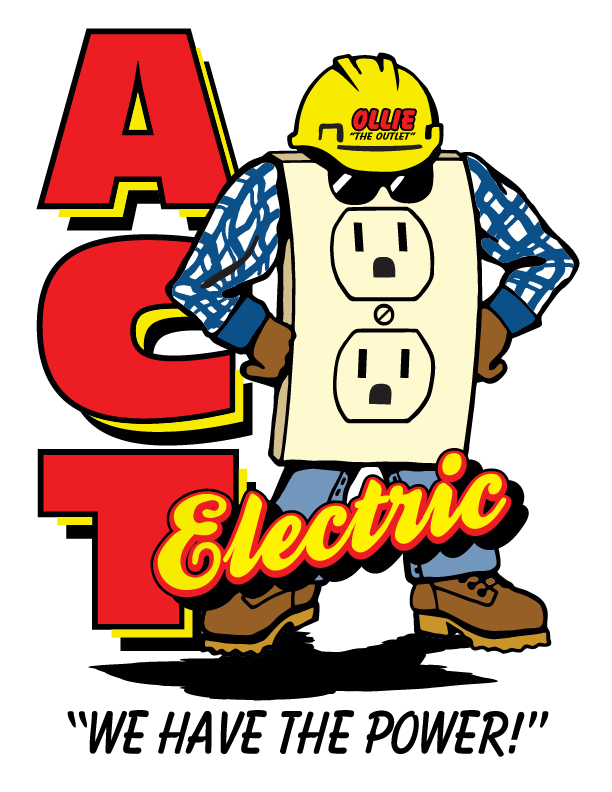How Surge Protectors Can Protect Electronics
Though a surge protector might seem unnecessary, it plays a critical role in safeguarding a homeowner’s electronics.
It’s normal for an electrical voltage to surpass the standard, resulting in electrical or power surges. These surges can result from a lightning strike, faulty wiring, turning on a high-power electrical device, or power restoration after a blackout. Since most electronics operate within a specified voltage range, these sudden increases can damage them and render them inoperable. However, because power surges are unpredictable, homeowners should use surge protectors to mitigate their effects on electronics.
This article explores how surge protectors protect electronics:
Understanding how surge protectors protect electronics
Surge protectors shield other electronics from power surges by providing a regulated passage for channeling excess voltage into the ground. This way, electronic equipment will receive the normal voltage they can handle and continue to operate efficiently.
The surge protector has a sensor that monitors voltage flowing from an electrical outlet. When a power surge exceeds the clamping voltage (330 volts), the surge protector channels the excess voltage away from electronics and into the ground. All this is possible because surge protectors have Metal Oxide Varistors (MOVs). These MOVs are semiconductors and can adjust their resistance based on the voltage applied to them.
Surge protectors have a rapid response time, measured in nanoseconds, to ensure the excess voltage diverts before reaching the equipment. They also have light indicators that show homeowners whether they’re operating correctly or not.
Models of surge protectors
Surge protectors come in different models that provide varying levels of protection. Here are the various types that homeowners can consider:
Power strips: These surge protectors work similarly to extensions by providing a power outlet for multiple devices. Besides that, they have built-in surge protectors, making them ideal where there are limited wall outlets. Although they are cheap, they might not withstand high surges.
Wall-mounted surge protectors: Unlike power strips, these are fixed in one location and have more power outlets, offering protection to more devices. Homeowners can hardwire them into their electrical circuit to provide direct surge protection. However, installing these devices will require an expert for proper and safe installation. Homeowners should also check for compatibility with their electrical system when buying.
Whole home and office surge protectors: These devices protect all home or office electronics. For efficiency, homeowners should install surge protectors at strategic points. Though these are the most efficient surge protectors for homeowners, they’re expensive to install.
Safe use of surge protectors
To prevent electrical damage and to prevent fires, it’s essential to observe the following safety measures when using surge protectors:
Don’t daisy-chain or connect multiple surge protectors, which can overload the circuit.
Always inspect the surge protector for damages such as cracked cords, and replace it immediately if damaged.
Avoid using a surge protector with water-related devices such as aquariums.
Secure electronics
Though a surge protector might seem unnecessary, it plays a critical role in safeguarding a homeowner’s electronics. Since surge protectors vary in size and scope, homeowners should study their electronic needs and the configuration of their homes before buying.
ACT Electric provides timely and professional attic fan installation, hot tub wiring, and whole house surge protectors services in Mesa and its surrounding cities. We are licensed and bonded and have a team of experienced electricians. We also specialize in providing commercial electrical services.

